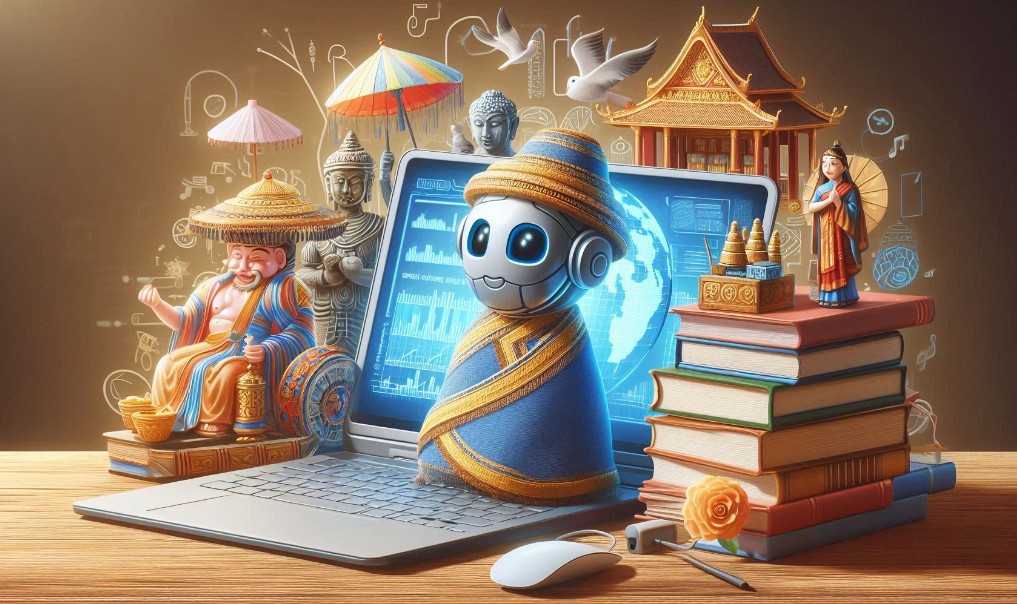In recent years, there has been a significant advancement in the field of Artificial Intelligence (AI) and Augmented Reality (AR). These technologies have become increasingly popular and have the potential to enhance virtual experiences in various fields such as gaming, education, healthcare, and...
How Smart Translators Differ from Traditional Online Services

In the world of communication, advancements in technology have introduced powerful systems that are reshaping the way we interact across different languages. These innovations offer a more intuitive and accurate approach to breaking down language barriers, providing users with faster and more reliable results.
While conventional platforms have served their purpose for years, new tools leverage cutting-edge algorithms and artificial intelligence to understand context, nuances, and even cultural references. This shift is leading to more meaningful exchanges and minimizing the errors that often occur with older methods.
As a result, individuals and businesses alike are finding that these modern solutions not only enhance efficiency but also bring a level of precision that was once difficult to achieve. In this article, we will explore the differences between these evolving tools and their predecessors, highlighting their unique benefits and limitations.
Why Smart Tools Offer Better Accuracy
In recent years, advancements in technology have allowed for the development of more sophisticated solutions that improve precision in communication. These new systems surpass older platforms by focusing not only on word-for-word conversion but also on capturing the context and intent behind a message, resulting in far fewer mistakes and misunderstandings.
Understanding Context for Precise Results
One of the key factors contributing to improved accuracy is the ability of modern systems to analyze entire sentences or paragraphs instead of isolated phrases. This approach enables them to better understand idiomatic expressions, regional dialects, and the tone of a conversation, which are often overlooked by older methods. By interpreting context more effectively, these tools produce more natural and relevant translations.
Learning from Data to Improve Performance
Another advantage of these advanced systems is their ability to learn from vast amounts of data. By continuously processing and adapting to new linguistic patterns and trends, they become more accurate over time. This ability to refine their output based on real-world usage allows them to stay up to date and offer high-quality results across different industries and scenarios.
The Role of AI in Language Translation
Artificial intelligence has significantly transformed the way we approach converting text or speech from one form to another. By utilizing machine learning and deep neural networks, these systems now analyze vast amounts of linguistic data to improve the accuracy and fluency of outputs. AI plays a crucial role in enhancing efficiency and understanding, especially in complex scenarios where context, tone, and nuances are vital.
- Contextual Understanding: AI-powered tools are designed to process entire conversations or passages, allowing for a better grasp of meaning based on surrounding words. This approach helps reduce errors that are common in word-for-word methods.
- Natural Language Processing: With the ability to understand syntax, grammar, and semantics, AI-driven systems can produce more fluid and natural sentences, making them sound more like native speakers.
- Continuous Learning: Through constant interaction with new data and feedback, these systems learn and improve, adapting to emerging trends and shifts in language use.
By integrating these technologies, AI has made it possible to achieve higher levels of accuracy and reliability, ensuring smoother communication across diverse linguistic and cultural barriers.

Limitations of Conventional Translation Platforms
While older methods of converting text between different languages have been widely used for many years, they often fall short in several key areas. These systems tend to focus solely on direct word conversion without fully grasping the underlying meaning or context, leading to errors and misinterpretations. This lack of nuance makes them less reliable in certain situations.
Challenges in Contextual Understanding
One of the main issues with conventional platforms is their limited ability to interpret the context in which a phrase is used. Unlike human translators, these systems struggle with idiomatic expressions, regional dialects, and sentences with multiple meanings. As a result, translations can often sound awkward or nonsensical, especially when dealing with complex texts.
- Word-for-word translation: This approach often misses the subtleties of meaning that are inherent in the structure of different languages.
- Lack of tone and intent: The inability to detect the tone of the message can lead to translations that are either too formal or too casual for the situation.
- Limited adaptability: These platforms do not easily adapt to new linguistic trends or regional variations in speech.
Dependence on Predefined Databases
Another limitation is that conventional platforms rely heavily on large databases of previously recorded translations. While these can be useful, they often fail to account for context, slang, or cultural shifts, leading to less accurate results in dynamic and evolving situations. Furthermore, they can struggle with rare or highly specialized vocabulary.
- Fixed datasets: Preloaded translation data may be outdated or insufficient, particularly when dealing with specialized topics or new terminologies.
- Inflexibility: As languages evolve, older platforms may not be able to keep up, leaving gaps in their ability to produce accurate translations.



